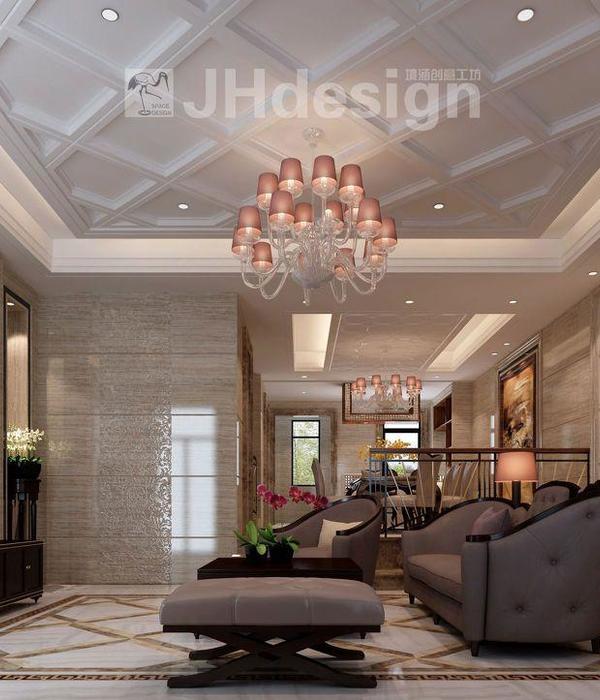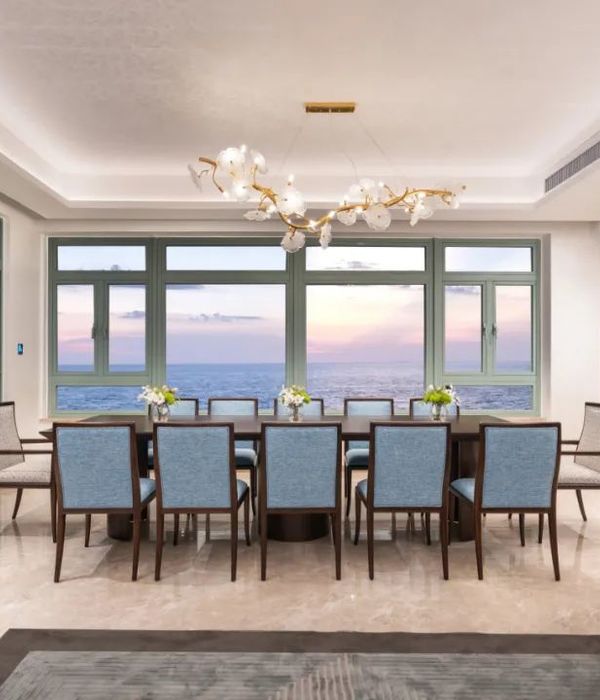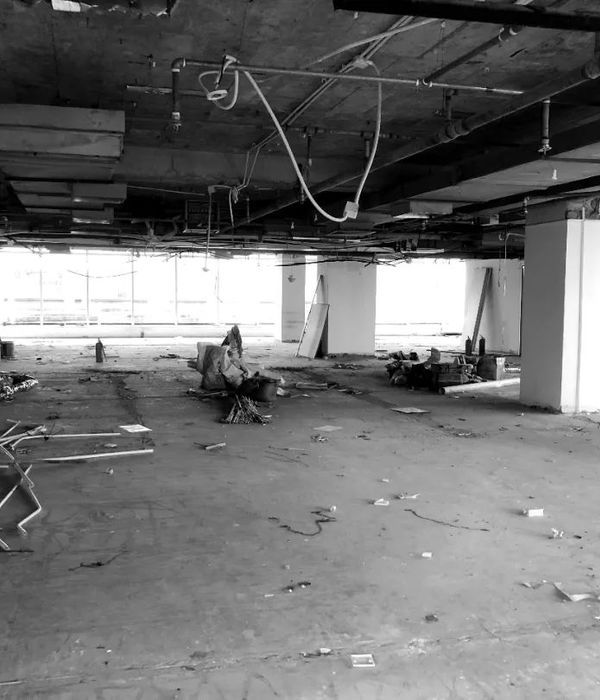- 项目名称:猫宅空间 | 杭州一人一猫之家设计
- 项目类型:公寓
- 甲方:Hana
- 设计公司:SAY ARCHITECTS
- 主持设计:单嘉男,张岩
- 团队:杨惠如,陈星翰
- 空间影像:PROJECTION映社
- 影像公司网站:www.project-ion.co
猫宅的使用者是其女主人与她的猫,如何通过空间增强人与猫的交互是这个项目中最大的挑战。猫喜跳跃、攀爬、登高、睡觉,从早上9点到晚上12点,在接近15个小时的观察之后,SAY ARCHITECTS记录了猫的性格以及行为习惯,尝试并在空间中试图创造出属于猫的公共区位。这些区域可能是爬架、平台、通道甚至是某些关联性的装置。根据女主人常常泡澡的习惯,SAY ARCHITECTS直接将开敞式的浴缸放在了进门区域,为此增添了人与猫之间的互动。通过早期对对女主人的了解,SAY ARCHITECTS在设计中取消了电视背景墙,取而代之的是一个5米长的透明衣橱,大容量的衣柜极大程度上照顾了女主人的生活习惯,透明移门也从视线上给予了人与猫的连结。
▼室内一览,overall view of the interior
The client of this project is Ms.Hana and her cat, the biggest challenge is how to connect the human life with cat’s life. Cats love jumping, climbing and sleeping, so according the cat’s behavior, SAY ARCHITECTS took a whole day observation to HANA’s cat, and summarized the different behaviors in different time, then try to create a “cat public space”in house, like cat tree, cat flap, aerial plank road and other installations. In order to increase the interaction between human and cat, SAY ARCHITECTS created an open bathing experience space. Due to HANA’s clothe related career, translucent wardrobe which is facing the bed gives the client a opportunity to start daily life with considering today’s outfit. Also the visual connection better the interaction between cat and HANA.
▼入口设置开敞式浴缸,bathtub at the entrance
▼空间通透,不设实体隔断,transparent space without solid partitions
▼书桌边的置物平台可供猫攀爬,shelves beside the desk provide platforms for cat to climb
▼平台细部,details of the platforms
▼爬架连接到衣柜,透明推拉门加强人与猫的联系,the platform continues with the wardrobe, which transparent sliding doors enhance visual connection between people and cat
▼尽头的书桌及细部, 符合主人的使用习惯,并且为猫提供游乐场所,desk at the end of the space, meeting the needs of the resident while providing space for cat to play
▼平面图,plan
▼衣柜设计图纸,drawings of the wardrobe
▼书桌设计图纸,drawings of the desk
{{item.text_origin}}












